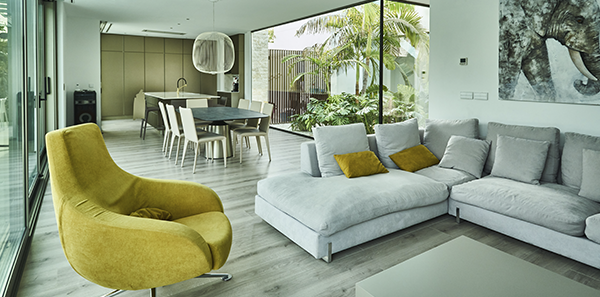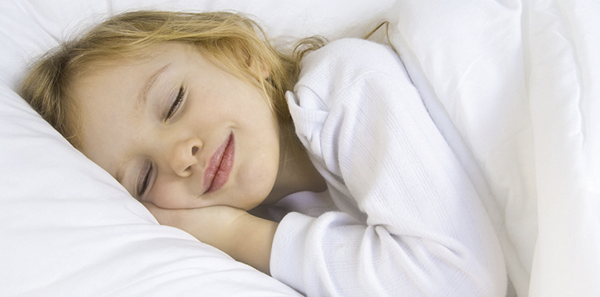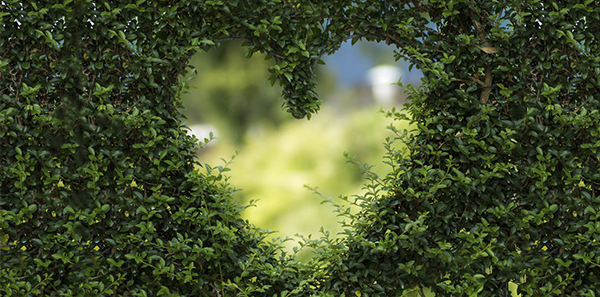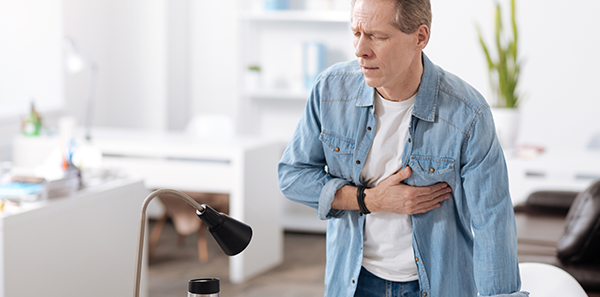
We frequently measure and assess the degree of pollution in the outer spaces around our towns and cities. These measurements are usually carried out by official or private bodies that are unlikely to have access to our own habitats and workspaces.
However, most people would be surprised to learn that, all too often, the presence of pathogens and pollutants is more common in our homes, offices, shops, means of transport and public places than in the streets of our cities.
Biohabitability enables us to study, measure and assess the degree of health of the buildings and interiors we inhabit. Bioconstruction, based on the use of sustainable, low-polluting and energy-efficient building materials, has largely contributed towards creating healthier spaces, but a biohabitability study goes much further.
This discipline is based on the science of geobiology, which analyses the relationship between the earth (geos) and living beings (bios). It studies other factors that can alter some of our organism’s physical or biological functions. Before spaces for sleep or long-term living are designed, studies are carried out on their location to take into account both the natural radiation emitted by the land we live on and the artificial radiation produced by human intervention.
Some of the natural factors that can have an influence on our bodies and therefore affect sleep or mood include terrestrial alterations, such as waterways, tectonic faults, radon gas, radioactive zones, etc. Artificial kinds of alterations are those produced by electrical installations and telecommunications and which also greatly affect the body’s natural balance. Artificial radiation can be low frequency, generated by electricity installations, sub‑stations, high voltage power lines, etc., or high frequency, emitted by mobile phone antennas, WIFI networks, radars, etc.
That said, it’s quite normal that we’re affected by electromagnetic fields and radiation as our bodies already experience tiny electrical reactions from normal bodily functions. This means it’s important when intervening in a living space, whether in homes, schools, workspaces, etc., that everyone involved in planning, designing and building these environments (architects, interior designers, engineers, builders, etc.) should conduct prior studies on the possible geopathologies and land disruptions or radiation that may affect sleeping or long‑term living spaces.
It would also be desirable that all of us who furnish or intervene in the use, cleaning, maintenance and disinfection of living spaces become aware of the importance of using sustainable and non-polluting products, free of synthetic solvents, formaldehydes and particles that are toxic or harmful for the air we breathe and as a consequence for our own health and that of those around us.
For many years now, in the Association of Geobiological Studies (GEA), as well as in the Spanish Institute of Building Biology (IBE Instituto Español de Baubiologie), the same as in other similar associations, technicians and experts have been trained in conducting biohabitability studies, measuring and quantifying natural and artificial radiation and indoor air quality affected by physical, chemical or biological pollutants. The use of techniques and highly specialised apparatus enables us to know if exposure to these pathogens falls within the limits recommended by current regulations, and especially by the German Technical Standard of Building Biology Testing Methods SBM-2015.
Tono Lledó Marsell
Founder of Tono Lledó Interioristas
DEGREE in Interior Design and Biohabitability Expert












